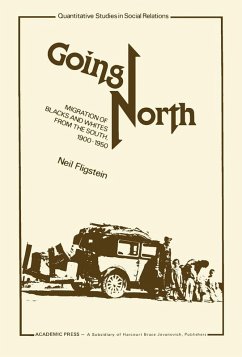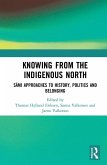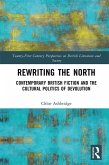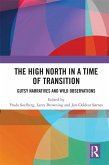Going North: Migration of Blacks and Whites from the South, 1900-1950 discusses the historical, demographic, sociological, and economic reasons for black and white migrations. The book explains the transition from a rural, extractive economy to an urban, industrial and service economy, with emphasis on the effects on the Southern rural population. After the Civil War, emerging business concerns became politically and economically significant, making the South a source for needed resources. 1930 was a defining year. Before 1930, migration reflected the growth and contraction of cotton agriculture in the South. After 1930, the transition from a tenant, labor-intensive cotton agriculture economy to a capitalist machine-driven economy caused the black and white migration to the north. American development was not a simple process-it shows how northern business interests defeated southern planters. This transformation has created a permanent underclass in society that can be found in the cities of the South, North, and Midwest regions of America today. Sociologists, economists, academicians doing sociological research, and students of U.S. history can benefit from reading the book.
Dieser Download kann aus rechtlichen Gründen nur mit Rechnungsadresse in A, B, BG, CY, CZ, D, DK, EW, E, FIN, F, GR, HR, H, IRL, I, LT, L, LR, M, NL, PL, P, R, S, SLO, SK ausgeliefert werden.









